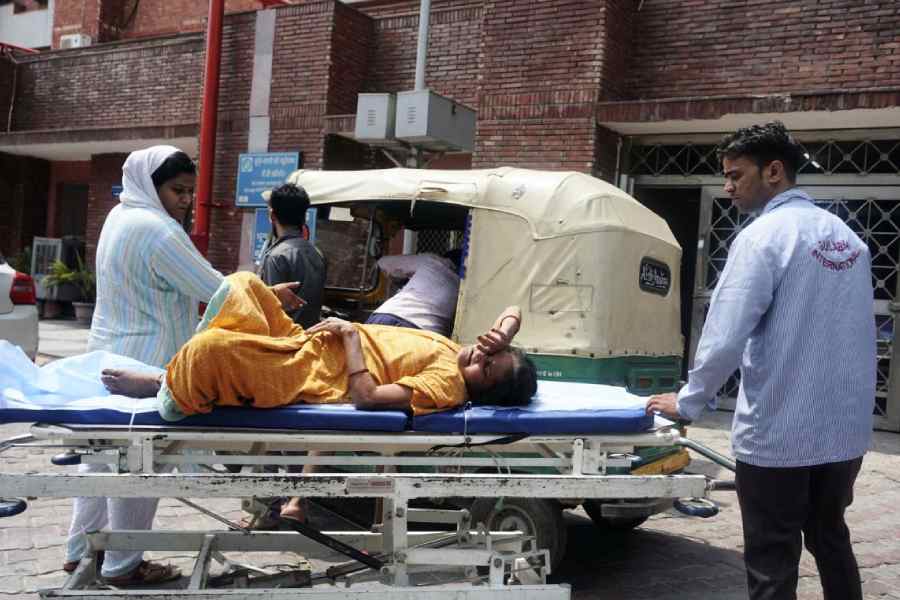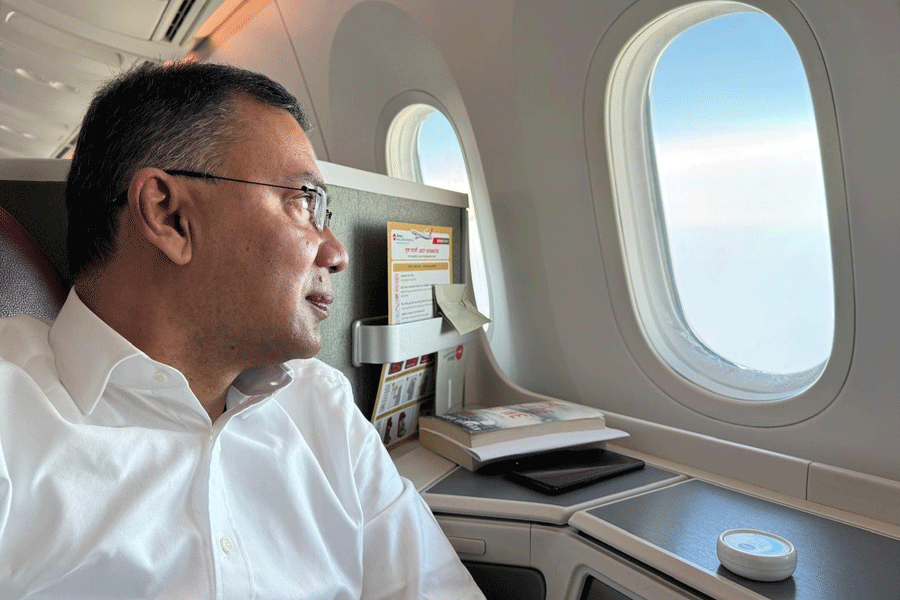Heatwaves marked by temperatures rising above 48°C at multiple sites across India have claimed at least 110 lives and caused suspected heatstrokes in over 40,000 people since March, despite weather and health advisories and calls for caution.
Experts say the deaths point to a population and healthcare systems unprepared for, or unable to protect people from, the consequences of exposure to extreme heat.
Surveillance data on heat-related illnesses and deaths compiled by the National Centre for Disease Control (NCDC), New Delhi, suggest that Uttar Pradesh has been the worst-affected with 36 deaths followed by Bihar, Rajasthan and Odisha, a PTI report said.
“The data visible may not be the final submission from states…. The numbers are expected to be higher than (these),” PTI quoted a health ministry official as saying. According to the data, six people died on June 18 alone from heatstroke.
Public health and environmental experts say the large counts of heat-related illnesses reflect either inadequate warnings from authorities, lack of infrastructure to protect people from extreme heat, or people’s inability to heed precautionary advice.
The country had ample warning from the India Meteorological Department, which had on March 1 predicted that large parts of northern, northwestern and eastern India were likely to experience heatwave of durations six to 14 days longer than average.
The Union health ministry had asked the states — on March 23 and on May 29 — to disseminate early warnings to the public about impending heatwaves using IMD forecasts, issue advisories to people to protect themselves during extreme heat, and prepare health facilities for heat-related illnesses.
“Advisories have never been enough,” said Avikal Somvanshi, a researcher at the Centre for Science and Environment (CSE), New Delhi, who has analysed summer temperatures in multiple cities in the country and their impact on health.
“Even if the advisories reach the public, we need to ask: what proportion of our population have the ability to heed those guidelines or access protection during extreme heat? Most cities also still lack infrastructure such as shady areas, cooling zones and an abundance of cool water — some of the things we need to reduce the risk of heat-related illnesses.”
Somvanshi’s analysis of heat-related deaths reported by the government has shown that 62 per cent of such deaths in India over the past two decades have occurred in people aged 30 to 60 years.
“Eighty per cent of the deaths were men — many may have found themselves compelled to work outside in extreme heat,” Somvanshi said.
The health ministry on Tuesday issued a fresh heatwave advisory asking state health departments to ensure preparedness for, and timely response to, heatwaves. It asked health officials to start submitting daily data on heatstrokes and heat-related deaths.
Health experts say the country needs to be better prepared for heatwaves. “What we’ve seen this year is only the beginning — under global warming, we’re likely to get more and fiercer heatwaves in the years to come,” said Dileep Mavlankar, an epidemiologist at the Indian Institute of Public Health, Ahmedabad.
Mavlankar said the efficiency and reliability of state reporting on heat-related illnesses and deaths need to improve.










